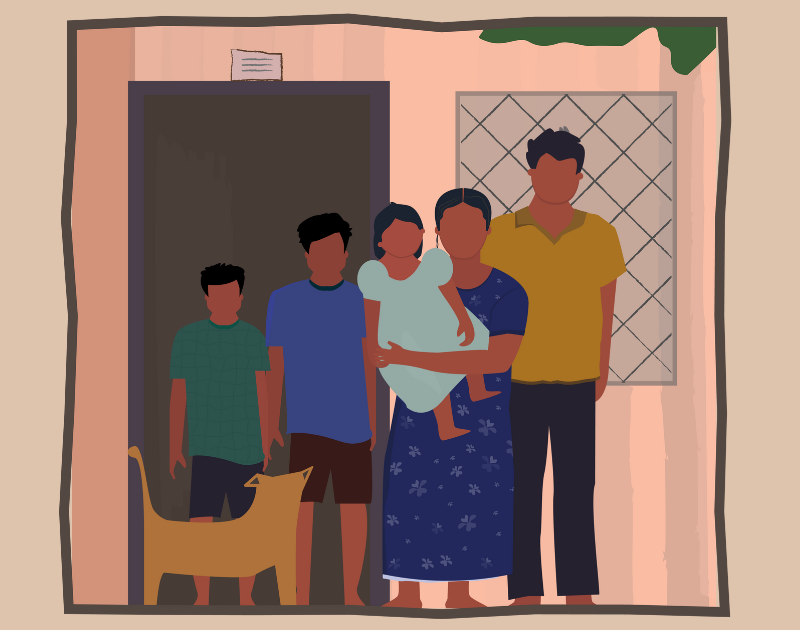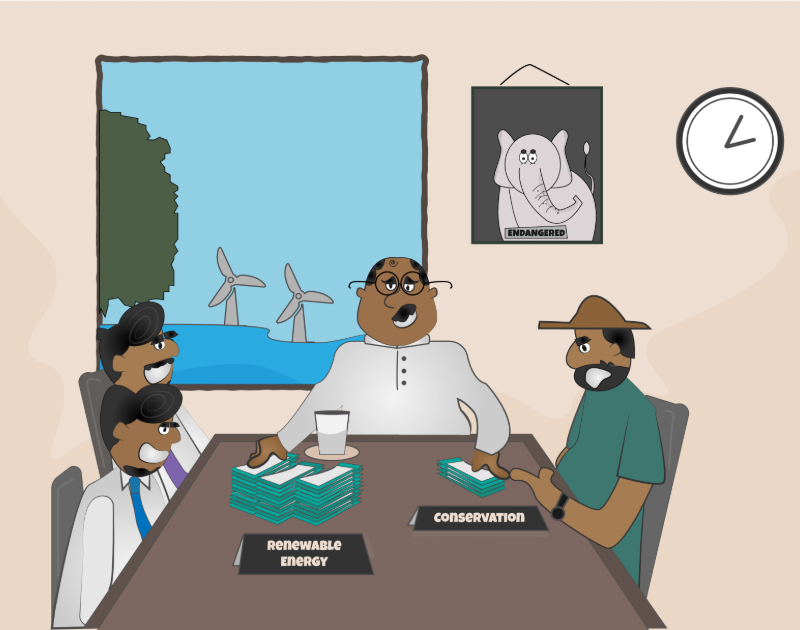
- Home
- Knowledge Insights
- Heat Stress in Colombo: Understanding Impacts and Planning for the Future
2024 was the warmest year on record. In 2024, the Department of Meteorology reported that Sri Lanka was experiencing daily maximum temperatures of 36°C, which is 3°C above the usual average (The Morning 2025). Another study by World Weather Attribution found that Sri Lanka experienced 77 days of dangerous heat in 2024, well above the average of 41 days (World Weather Attribution, 2024). This has precedent as researchers have noted that annually averaged mean minimum temperatures are increasing across most of Sri Lanka, with a significant increase in the occurrence of warm nights (Jayawardena et al., 2018). A recent report by the World Bank revealed that Sri Lanka is among a few South Asian countries identified with a temperature level that is considered too hot for people to be able to work safely outdoors for an average of six hours a day. This is expected to rise to eight to nine hours a day by 2050. Other countries in this category include India, Pakistan and Bangladesh.
While Sri Lankans are used to hot weather, the impacts of climate change have been growing steadily over the years. The experience and even perception of increasing heat – especially during the first half of every year, cannot be denied. A simple google search reveals plenty of Sri Lankan news articles every year about heat stress and rising temperatures, alongside warnings regarding health and coping mechanisms. Over time the increase in reporting regarding severe health impacts – including deaths related to heat strokes – is also noted. Health issues aside, there are serious implications for the country due to heat stress whether it be stress on public financing or education loss, increase in gender disparity, economic losses, food insecurity to name a few.
Despite this, heat stress as a critical issue in the city has not emerged in Colombo, unlike in cities like Lahore and Delhi that become unliveable during their summer seasons as temperatures rise to above 40 degrees Celsius. The fatalities, health implications and economic losses are just a few issues that grab the headlines from these cities during these times of the year. While Colombo may not have reached these temperatures, the impacts of heat stress cannot be ignored, especially on outdoor workers. When compared with other Asian cities, Colombo has made little or no effort to mitigate this overheating threat at a planning level. (Emmanuel and Simath, 2021)
This policy brief draws from primary research conducted in Colombo from 2023 – 2025 with informal and outdoor workers, with 50 qualitative interviews conducted from May 2024 – March 2025. Worker typology includes vendors (stationary and mobile), street cleaners, gig workers and home-based businesses. Non-gig workers were selected through a purposive sampling strategy to ensure representation of vendors in terms of gender, typology and livelihood. Interviews were conducted around 6 key sites in Colombo at different times of day to capture temporal variations. These sites were chosen by the prevalence of informal workers at the sites, their type of land use and typology. A literature review of the distribution of heat risk and thermal hotspots in Colombo also informed site selection. We also draw from an extensive literature review for this policy brief. While some are not directly referenced in this policy brief, we have included them as resource material.
We highlight in this policy brief the impacts of heat stress on outdoor workers in the city and pathways for addressing climate change in Colombo that need to be acted on. They are the people we pass by everyday and the ones who feel the heat the most. The selection of informal and outdoor workers for this research is because they are workers without any safety nets – including legal and labour safeguards that formal workers have around workplace conditions. Irrespective of the weather, workers who were part of this study simply do not earn an income if they do not go out to work. We consider them a key focus in understanding how heat stress impacts cities, and how we must plan for the future.
Read the full policy brief here.


